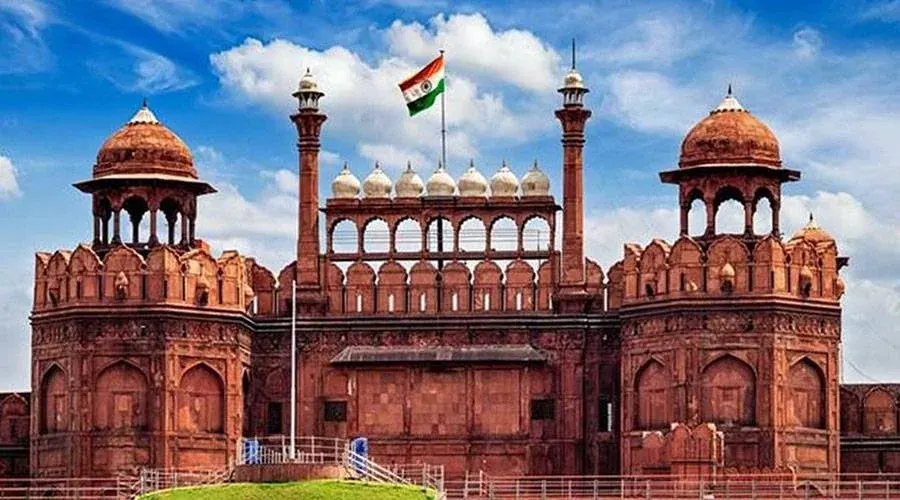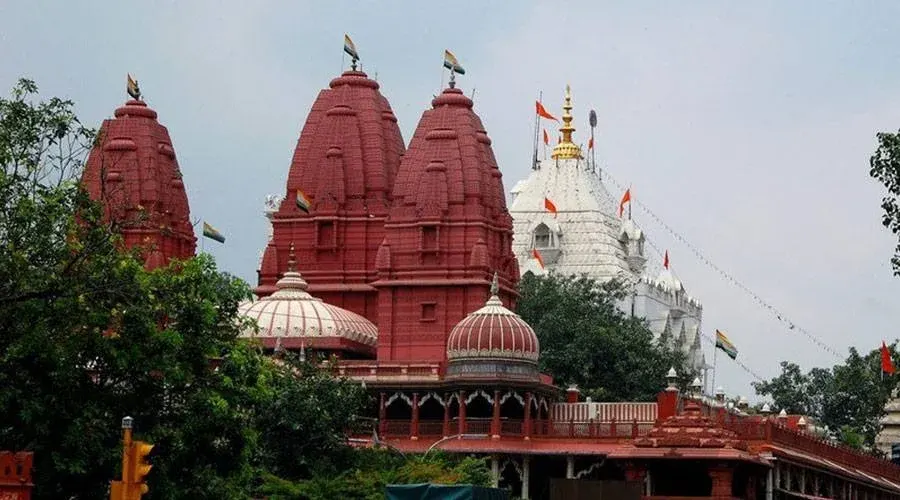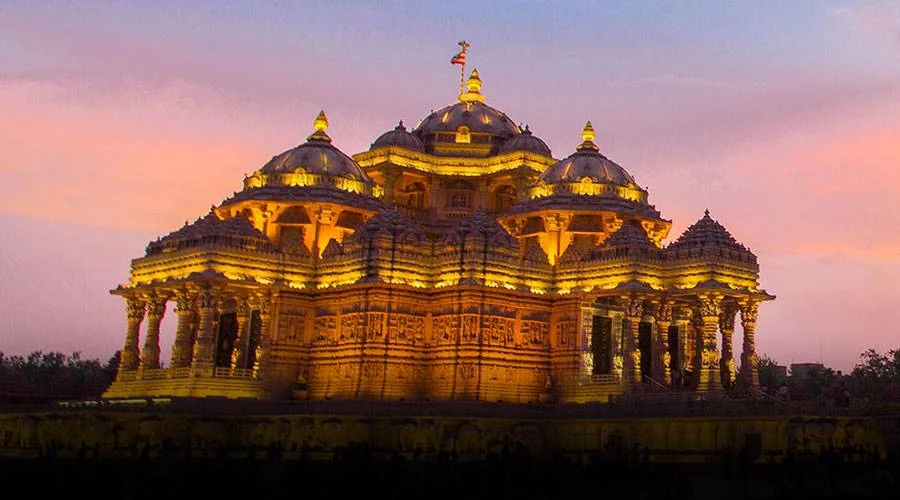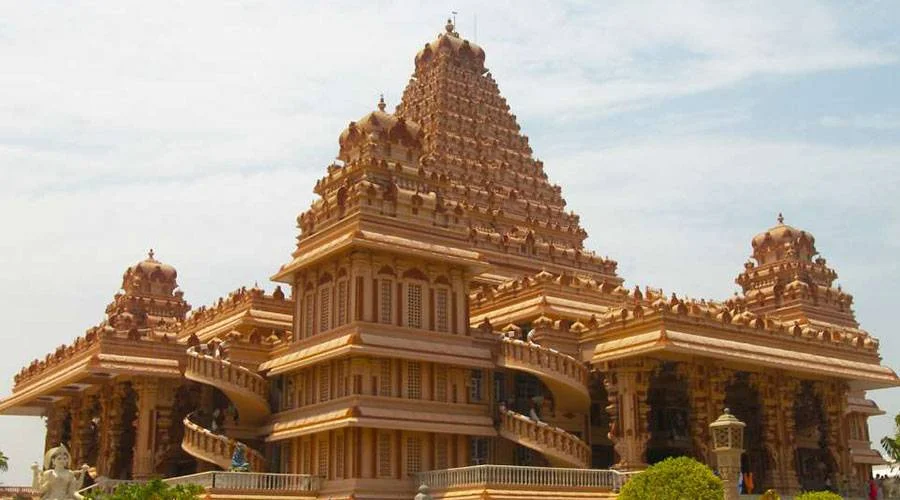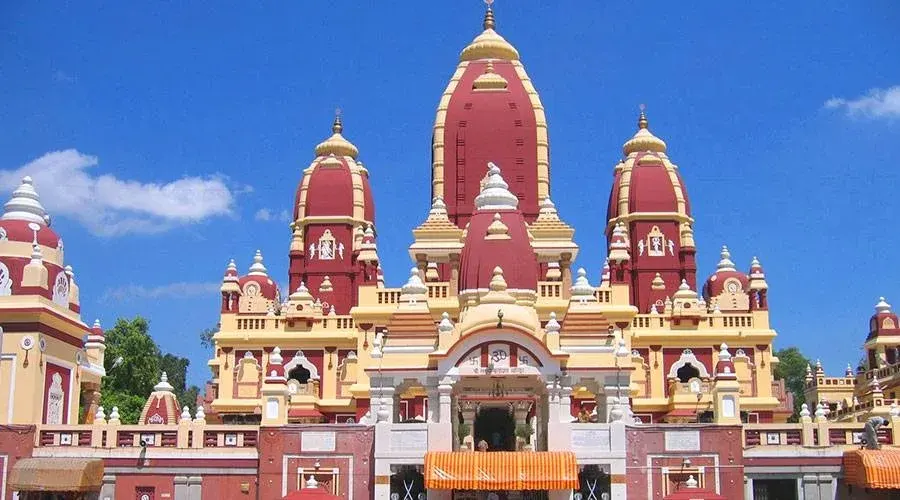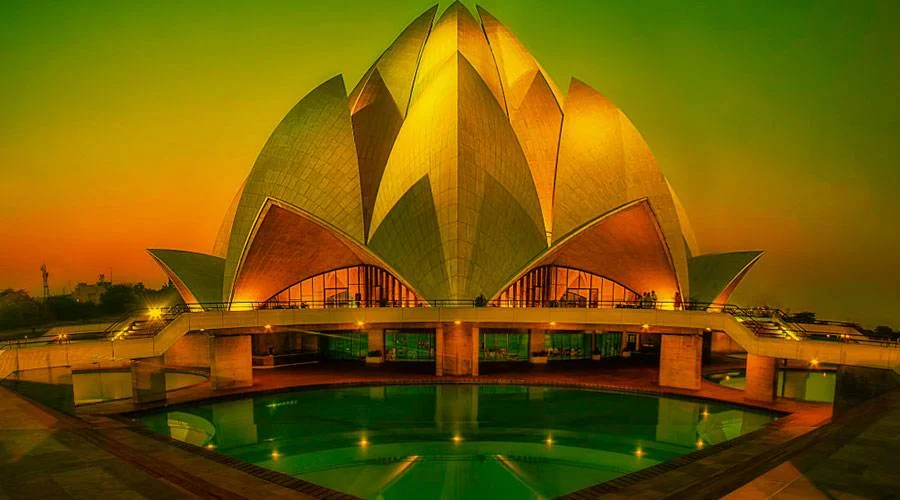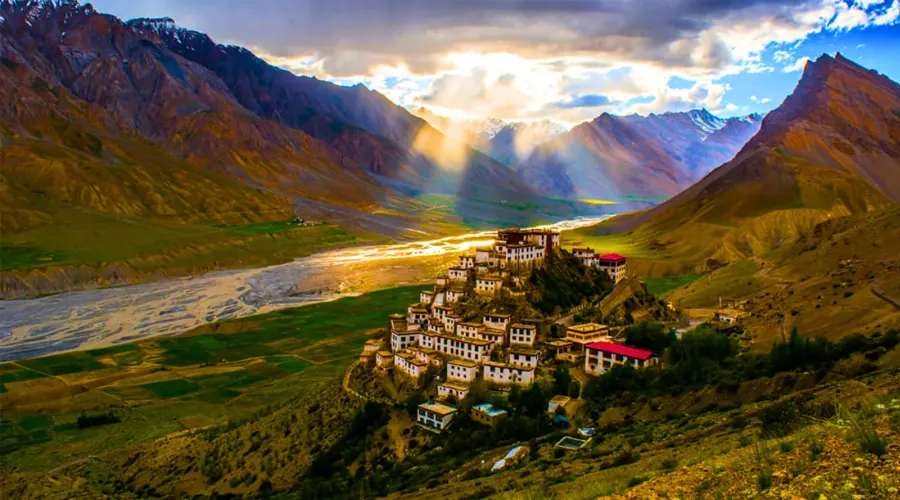Chittaranjan Park Kali Mandir, Delhi
Probably, one of the most beautiful temples of the city is Chittaranjan Park Kali Mandir. Noted as a cultural hub of the Bengali community, this temple in Delhi is perched on a small hill in Chittaranjan Park. Initially, it was established as Lord Shiva’s temple in 1973, which still stands in the vicinity. Later in 1984, larger temples of Lord Shiva, Goddess Kali, and Radhakrishna were established in the temple complex; the shrine of Goddess Kali being the main attraction of the temple.
Apart from this, the atmosphere inside this temple is so divine and serene that one would fall in love with this place on his/her first visit only. At present, this beautiful temple serves as an important cultural center for the Bengali community, especially during the festival of Durga Puja, residing in the local area. All the Hindu festivals are celebrated in this temple; however, the five-day Durga Puja is considered the main fete of the Chittaranjan Park Kali Mandir. The first Durga Puja in Chittaranjan Park Kali Mandir was organized in the year 1977 and since then, it has become a tradition that endures to date.
History
It was founded in 1973, on land designated by the nascent EPDP colony, and a small temple to Shiva was consecrated on a small hill at the edge of the colony. The tradition of Durga Puja started in 1977. Expansion of the devotee base enabled the construction of an imposing Kali temple in February 1984 in Bengal terracotta temple architecture. This was followed by two temples, one for Shiva and the other for Radha-Krishna. The temples were overlaid with elaborate terracotta designs around 2006-09.
The Kali Mandir is a hub of Bengali activity owing to the high density of Bengalis residing in Chittaranjan Park. Managed by the Chittaranjan Park Kali Mandir Society, it organizes several cultural and religious events throughout the year.
Architecture
Chittaranjan Park Kali Mandir has a Bengali terracotta architecture design that dates back to 1984. The roofing architectural design of this Bengali Hindu temple can be described as the adaptation of the traditional Chala roof that is a significant part of the traditional Bengali hut. In the temple’s vicinity, there is an exquisite garden comprising bushes along with the flowers of yellow, violet, and red colors.


